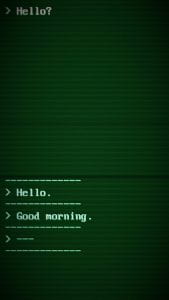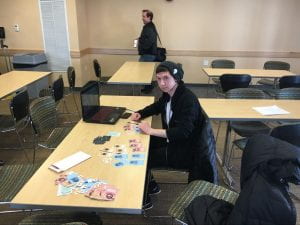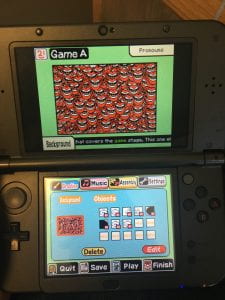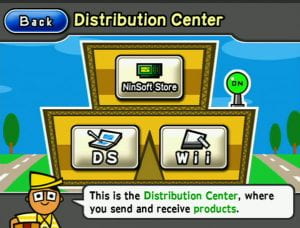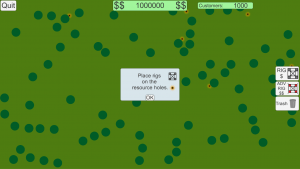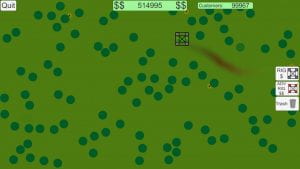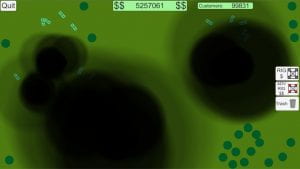Game Requirements
Materials: 18 ID cards, 5 Role cards, coins, notebook, pen
Players: 5 players and 1 host
Rules
- There are 6 different identities and there are 3 cards of each identity.

- Businessman: Gain 3 coins(active), block players gain coins from Stock(passive).
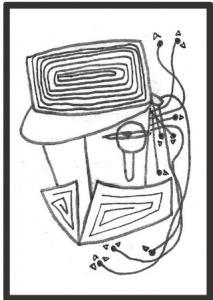
- Detective: Pay 3 coins to see the first two cards in the deck or pay 15 coins to see a player’s Role card(active), block assassination against you(passive, can achieve only once).
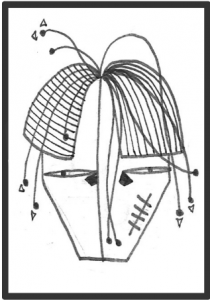
- Killer: Pay 5 coins to assassinate a player’s hidden identity after announcing the name of that identity(active). Assassination fails if your target doesn’t have that identity.

- Thief: Steal 2 coins from a player(active), block the Steal action(passive).
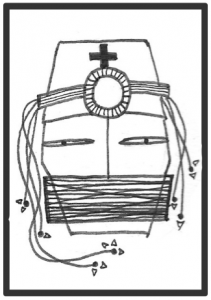
- Doctor: Pay 9 coins to revive 1 player(active), revive yourself once(passive).
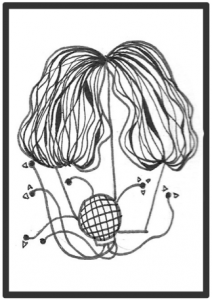
- Singer: Player sings a song(at least 20 seconds) to gain 5 coins.
- There are five Role cards: Leading Actor, Supporting Actor, two Villain cards and one Reversal.
- Winning condition:
-
- The leading actor team captures all of the other players. (Happy end)
- The villains kill the leading actor. (Bad end)
- The reversal kills all the other players to win. (Reversal end)
-
- Before the game starts, each player gets 1 Role card and 2 ID cards.
- The role card is faced down so everyone knows only the role of him/herself. The Leading Actor card will face up. The leading actor and the supporting actor are in the same team. The two villains are in the opposite team. The reversal is on his/her own.
- One of the ID cards is faced up and people can see each other’s SHOWN ID. This is just a superficial identity of each “actor” in the “movie” so it has only the passive ability of that character. However, usually people have different sides. The second ID card is faced down and only the owner knows his/her HIDDEN ID. That means a businessman is actually a killer or a singer is actually a doctor,etc. Players can only take the active actions on the Face-down ID cards.
- Each player also gets 2 coins as the start-up capitals.
- The game starts with the leading actor and the players take turns to proceed the game. In each turn, that player can take only one Action among the actions on the ID cards and the three other actions below:
-
- Income: Gain 1 coin.
- Stock: Gain 2 coins.
- Smite: Pay 15 coins to kill one player. You have to smite someone when you have 20 coins.
-
- All the actions on ID cards can be challenged.
- Challenge: When you take one of the character actions – whether actively on your turn, or defensively in response to someone else’s action – that character’s action automatically succeeds unless an opponent challenges you. In this case, if you can’t (or don’t) reveal the appropriate character, your action fails and you lose 5 coins.
- If your challenge against another player fails or you are challenged by another player successfully when you have no coin, you will be out of this game.
- Also anyone is Smited or successfully assassinated will be out of the game.
- The host is the director of this movie. He/she needs to record what happens and what people say that are interesting in a note book. This record will become the script of this movie. This is the key point of the whole game, and I’m sure that this movie will be very natural and interesting.
Playtest
Several playtests had been done before the game was finalized.
- In the first playtest, every character has only 1 available ability. Also players only need to pay 9 coins to Smite another player. It worked however the game was a little bit boring and the Singer was too weak. Also the game ended very quickly because the villains could easily gain 9 coins and kill the leading actor.
- In the second playtest, passive abilities had been added. Also the cost of Smite had increased to 15 thus the leading actor could live longer and had more potential.
- In the final playtest, character Doctor was added to the Role cards and had made the game more complicated and exciting.
Artist Statement
This is an Everyone-can-make-a-movie era. It sounds hilarious but it is true. I’m not sure about what is going on in the USA, however in China, a lot of famous singers, actors and authors have stepped into the movie area and become actors and directors.
MOST OF THEM TOTALLY SUCK.
All of their attentions and money have been paid on inviting famous actors who are terrible at acting. Of course they are good-looking and thus they have a huge market among young people. I cannot bear with those insipid story, terrible acting, boring jokes and rigid dialogues. I always have this thought after watching those movies: If I have this amount of money, I can make a movie as well. Life is the most natural movie on this planet. Thus here comes the key idea of this game: Everyone can make a movie and everyone can be part of a movie.
The idea of making movie based on what people have done in game is inspired by the Dada movement. This movement asserts the concept of “anti-art” and “unintentional forms of art”. That is, the rigid forms and boring stories are killing audiences’ taste. Just like our daily life, things happen randomly and are sometimes out of expectation. The main guy don’t have to defeat all the enemies; the villains may succeed and take control of the world; reversals may happen at any time. Thus in this “movie” that people have made during the game, everything happens naturally and randomly. What proceeds the story is what a normal guy thinks and does at that moment. There is no need to have a rule in life and that’s why life is art.
Since this is not a video game, I didn’t draw much inspirations from the Avant-garde videogames book. However, based on the research on avant-garde paintings, I tried to paint the cards for the game in a more “Avant-garde” way. I’m not sure what I have painted is avant-garde since there is not such a definition for avant-garde art, yet I think it is a good approach. Also I’d love to put my game in the main-stream area in the avant-garde chart because it is a normal turn-base board game.

